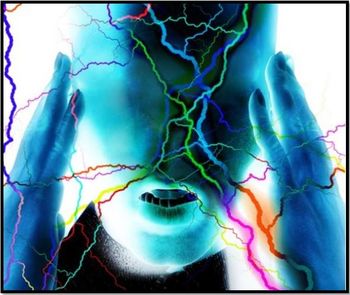
Some Migraine Sufferers at Increased Risk of Eye Problems
CHAPEL HILL, N.C. -- Men and women who get migraines without aura are more likely to develop retinopathy, researchers here found.
CHAPEL HILL, N.C., May 14 -- Men and women who get migraines without aura are more likely to develop retinopathy, researchers here found.
Although any type of headache was associated with an increased risk the association was only significant among persons with migraine without aura (OR= 1.45; 95% CI-1.04 to 2.10), Kathryn Rose, Ph.D. of the University of North Carolina, Chapel Hill, and colleagues reported in the May 15 issue of Neurology.
Also of note, they said, was the fact that headache sufferers who do not have diabetes or hypertension were most likely to develop retinopathy.
The researchers investigated the relationship between headaches and retinal microvascular changes in 10,902 participants in the Artherosclerosis Risk in Communities (ARIC) Study. All were participants in the third ARIC examination conducted from 1993 to 1995.
The mean age of participants was 60, 56% were women, 21% were African American, and 19% had less than a high school education. Fifteen percent of participants had diabetes and 40% had hypertension.
Only individuals who reported a history of headaches that lasted for four or more hours were eligible to answer the full headache inventory questions. Retinal abnormalities were assessed with retinal photography.
Among respondents, 519 patients had a history of migraine or other types of headache with aura, 615 had migraine without aura, and 1,280 patients reported other headaches without aura. Most patients-8,693-had no history of headaches lasting at least four hours
There was no significant difference in the prevalence of retinopathy in the no-headache group compared with the three headache groups.
In a subset analysis of persons with migraine or headache with aura or migraine without aura who had no history of hypertension or diabetes, the likelihood of retinopathy increased (OR 1.79, 95% CI 1.09 to 2.95 for headaches with aura and OR 1.74, 95% CI 1.11 to 2.71 for migraine without aura).
The authors noted that the association of headaches with retinopathy was "not attenuated after controlling for diabetes, glucose levels, pack-years of smoking, average [mean arterial pressure], or use of antihypertensive medications."
This suggests, they wrote, that other "pathophysiologic processes not directly examined here (e.g., inflammatory factors, endothelial dysfunction) may explain these observations."
Adjusting for several non-specific markers of inflammation and endothelial function such as plasma fibrinogen and von Willebrand factor, however, "did not alter the association of migraine with retinopathy," they said.
The researchers acknowledged that their study was limited by its cross-sectional design and for that reason cause and effect cannot be determined.
Newsletter
Enhance your clinical practice with the Patient Care newsletter, offering the latest evidence-based guidelines, diagnostic insights, and treatment strategies for primary care physicians.



















































































































































































































































































